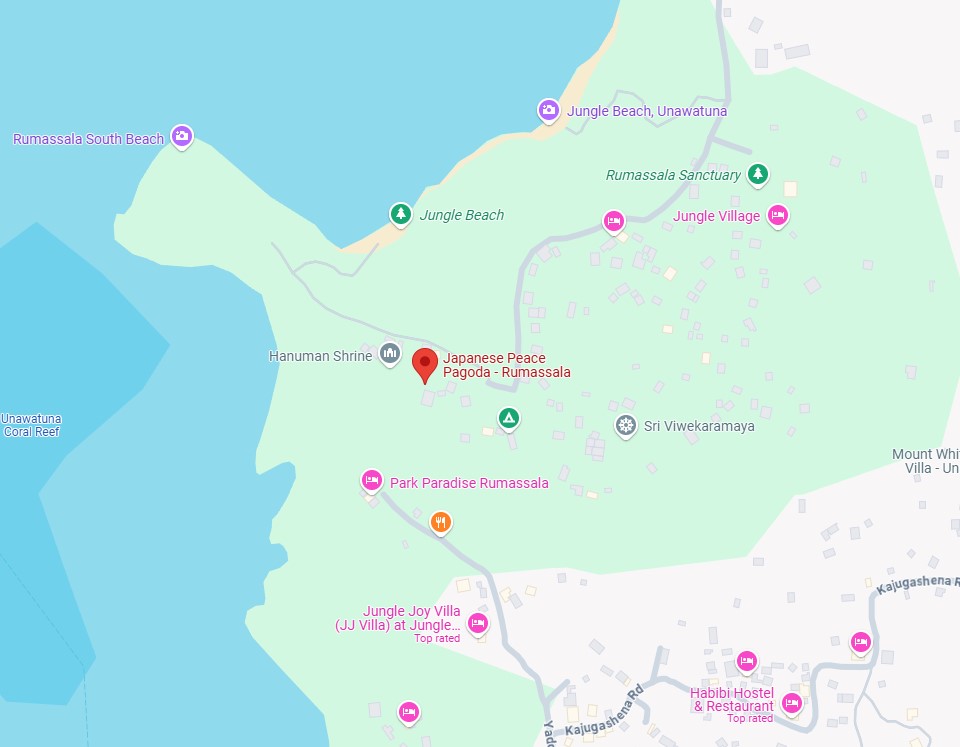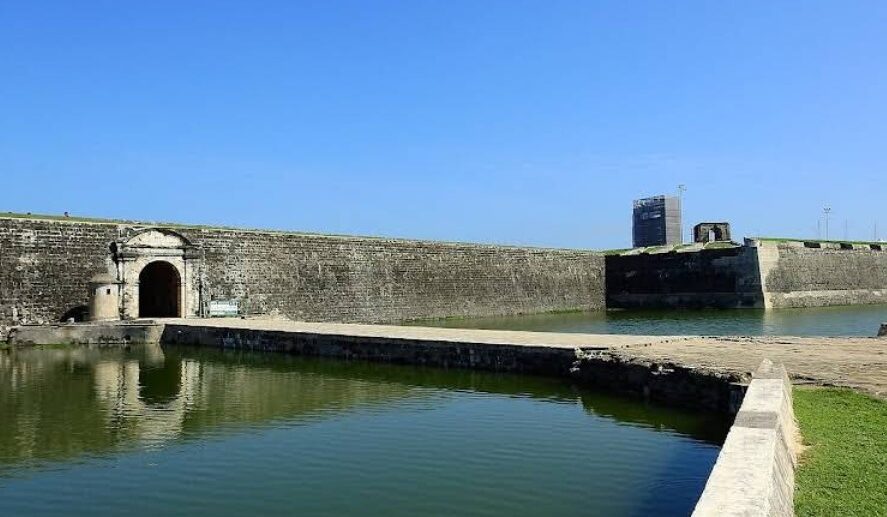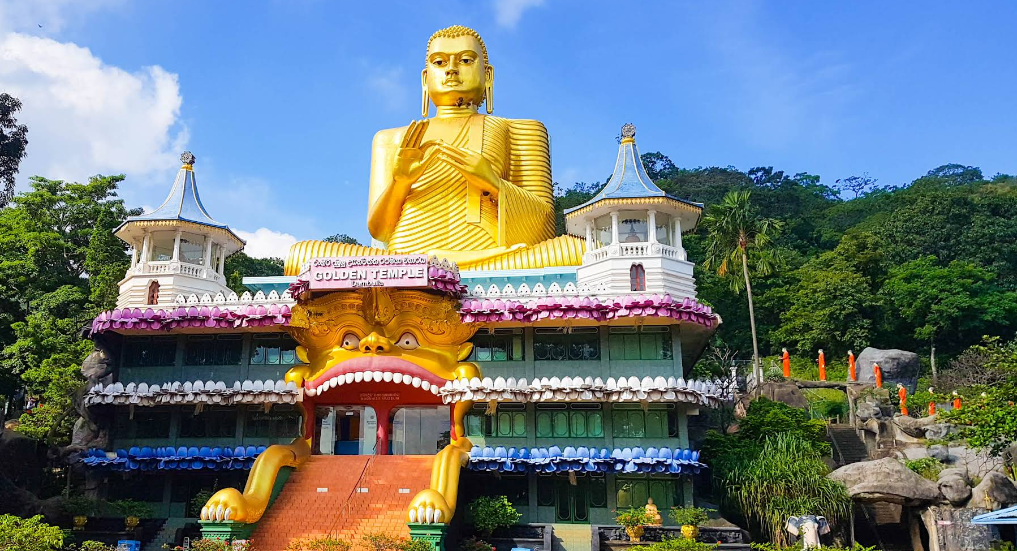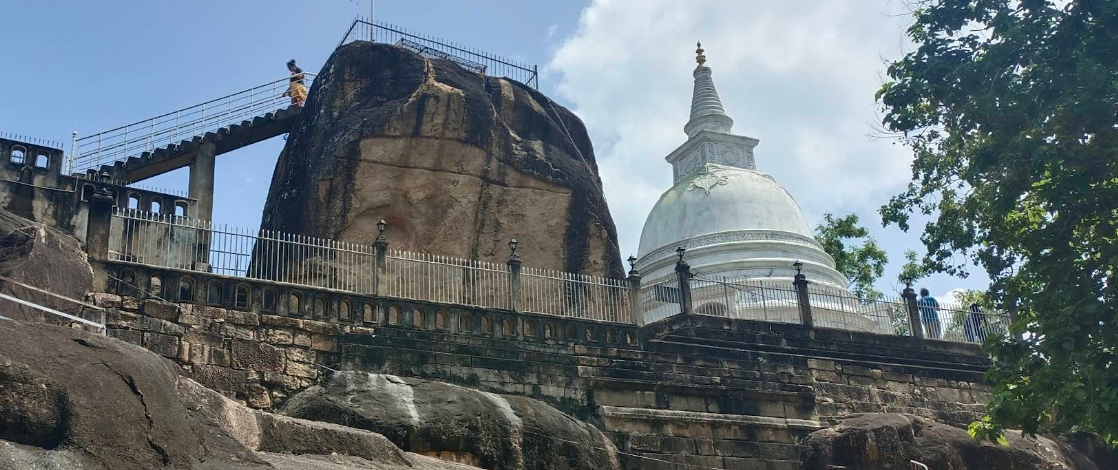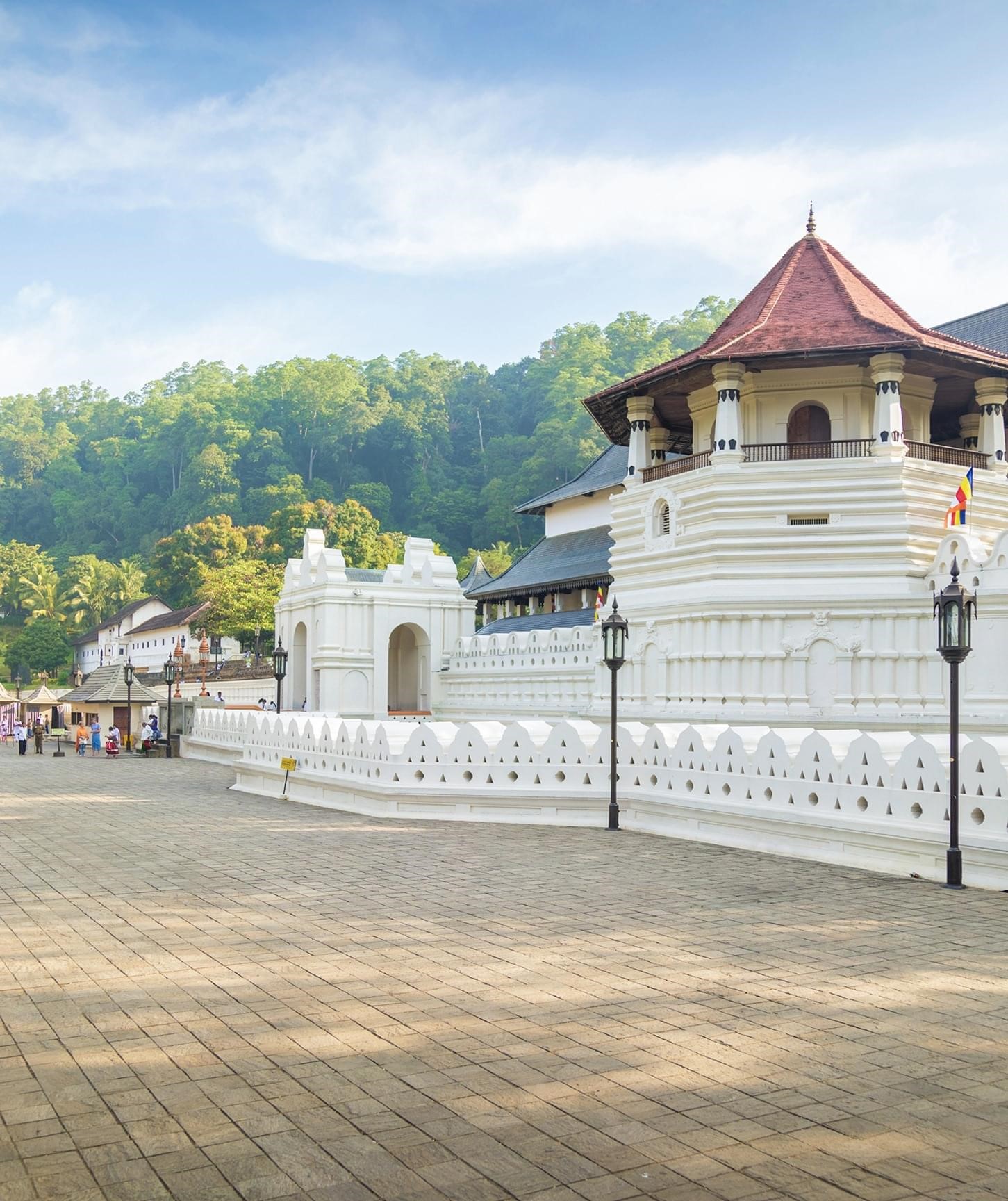Japanese Peace Pagoda, Rumassala: A Symbol of Tranquility in Sri Lanka
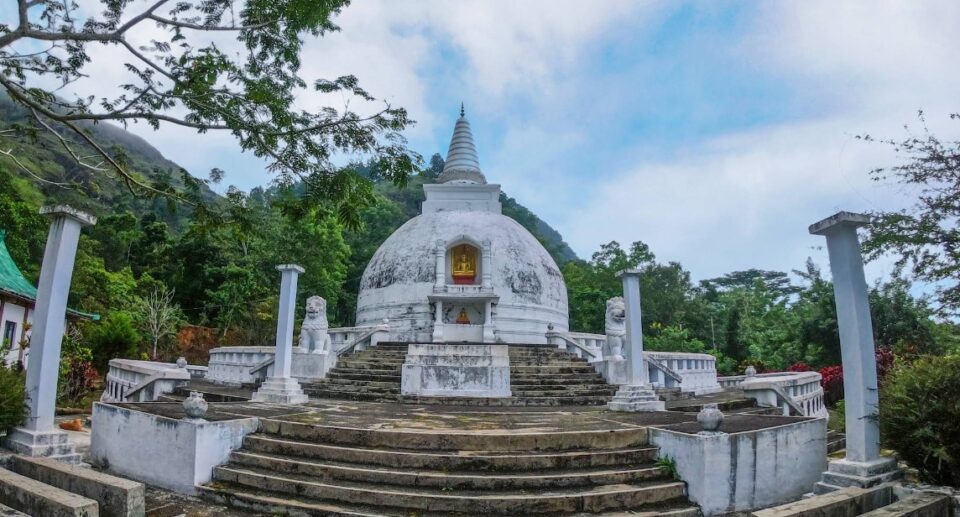
A Symbol of Global Harmony and Buddhist Unity
In a world that too often is plagued by war and conflict, symbols of peace are a beacon of hope and a reminder of our shared humanity. Of these, the Japanese Peace Pagodas are arguably the most striking – massive monuments to non-violence, religious tolerance, and the global spread of peace. Built on various sites across continents like Asia, Europe, and North America, these pagodas are a result of a post-World War II Japanese monks’ movement. Located in Unawatuna, Sri Lanka, near the Indian Ocean, one of the most famous and picturesque Peace Pagodas is built on a site that offers spiritual solace and visual comfort. This essay discusses the origin, significance, architectural beauty, and purpose of the Japanese Peace Pagodas, focusing on the Sri Lankan pagoda.
- Origins of the Japanese Peace Pagoda Movement
The Peace Pagoda movement was initiated in 1947 by Nichidatsu Fujii, a Japanese Buddhist priest and the founder of the order Nipponzan Myohoji. Fujii, who was shocked by the atomic bombing of Hiroshima and Nagasaki, was certain that lasting peace could only be achieved through spiritual enlightenment and global oneness. Fujii began constructing Peace Pagodas as religious landmarks to guarantee non-violence, harmony, and the dissemination of the Buddha’s teachings.
The pagodas are built in various countries as a present to humanity in general, not just to the Buddhist community. They are all messages carved on stone and concrete, encouraging world harmony and world coexistence in spite of political, religious, and social differences. Up to now, over 80 Peace Pagodas are erected on earth, and others can be found in India, the United States of America, the United Kingdom, Nepal, and Sri Lanka.

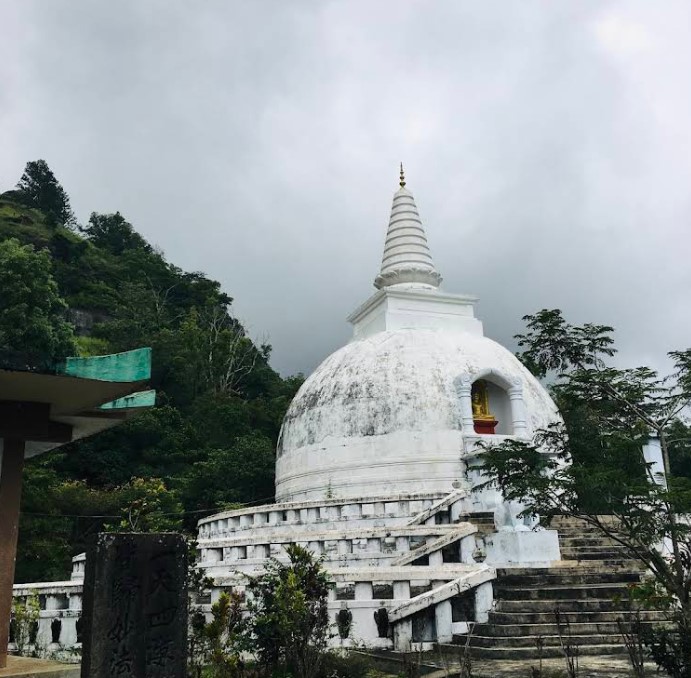
- The Sri Lankan Japanese Peace Pagoda
Located on the Rumassala Hill, near Unawatuna, and south of Galle, the Sri Lankan Japanese Peace Pagoda was consecrated in 2005. It was constructed by Japanese monks of the Nipponzan Myohoji order with the help of local believers. The pagoda is a material and spiritual connection between Japan and Sri Lanka, symbolizing friendship and shared Buddhist values.
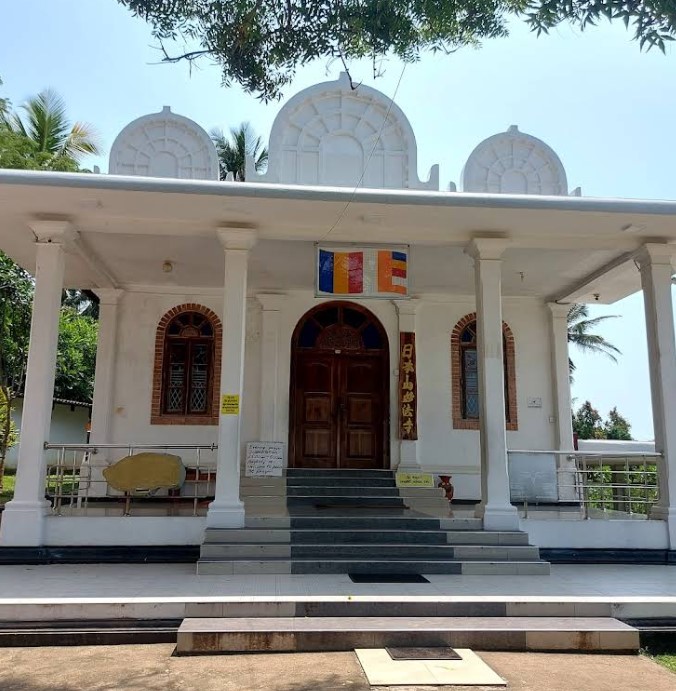
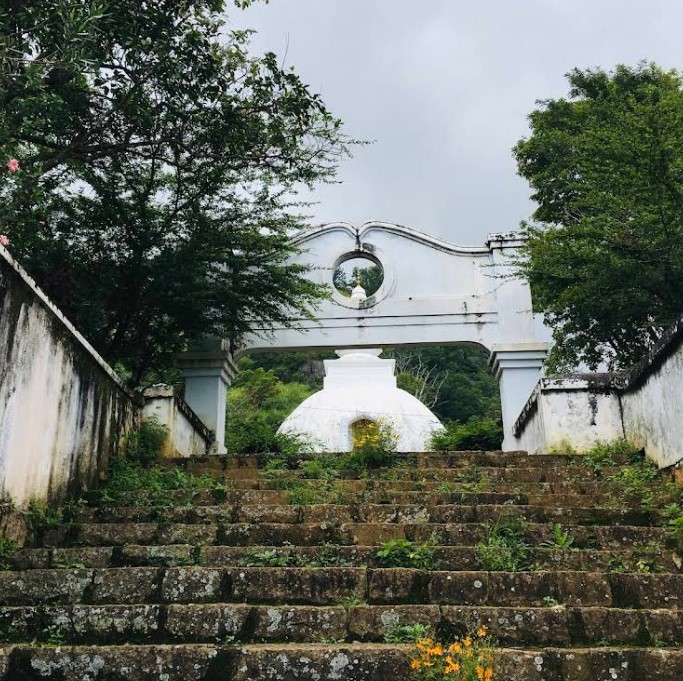
This location was not only chosen for its peace but also for the strategic view of the south Sri Lankan coastline. The location is full of local legend and myth, associated by some with the Indian epic Ramayana. Its towering white pagoda dome stands in pointed contrast to the lush greenery of Rumassala and the blue-green waters of the Indian Ocean below, creating a peaceful backdrop for meditation and contemplation.
- Architectural Features
Japanese Peace Pagodas possess a distinctive architectural design based on ancient stupa architecture a hemispherical structure that typically contains the Buddha’s relics and serves as a meditation site. The Unawatuna Peace Pagoda is not an exception. Some of its most striking features are:
White Dome: The radiant white dome symbolizes purity, peace, and enlightenment. It invites visitors to pause, contemplate, and achieve inner peace. Four Golden Buddha Statues: Four statues installed at cardinal directions exhibit varied mudras (hand positions) representing peace, teaching, and meditation. Terraced Platform: Devotees can circumambulate the pagoda along a ring-shaped path, often utilized in pradakshina (ritual circumambulation), a meditative practice. Panoramic Views: Because the pagoda is situated atop a hill, there is an excellent view of Galle Fort, Unawatuna Bay, and the vast Indian Ocean.
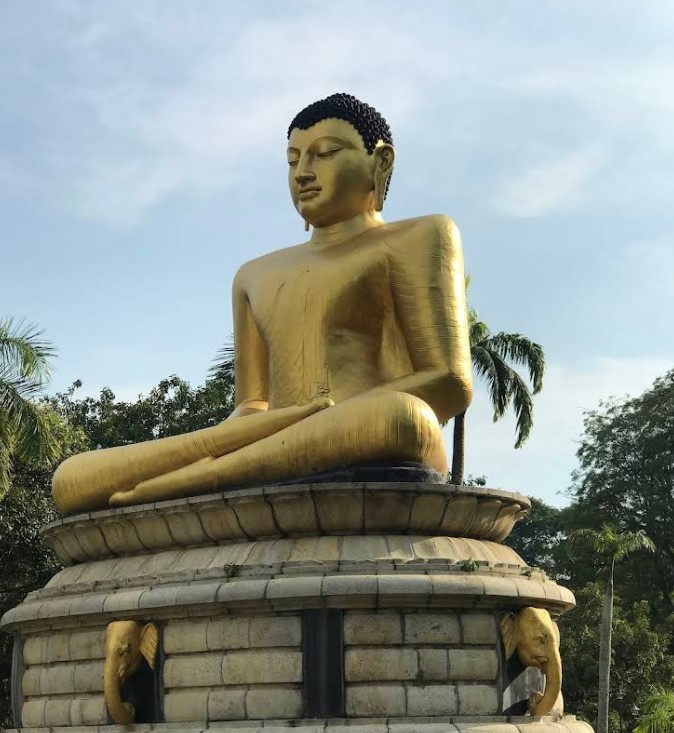
The whole building is not only meant to be beautiful but also to create a spiritually uplifting experience. It is open to visitors, inviting people of all religions and communities to visit and sense its calm energy.
- Symbolism and Purpose
The Japanese Peace Pagodas are built around one central theme: world peace. They stand for a few purposes:
Propagation of Non-violence: Born out of the horrors of war, especially nuclear devastation, these pagodas are a witness to pacifism and disarmament. Unifying People: In bringing together people of varying religious, cultural, and national backgrounds, they speak of unity among humankind. Mindfulness: These sacred places are envisioned to be centers of meditation and introspection, and as such, offer pilgrims a chance to distance themselves from the chaos of the world. Observing Buddhist Principles: They bring people back to the message of the Buddha, which is compassion, wisdom, and peace.
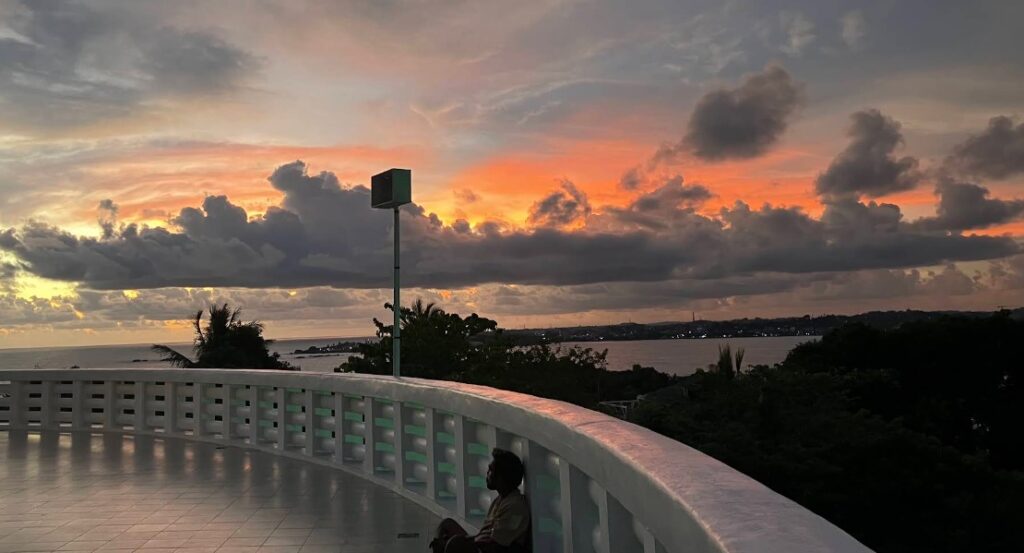
In Sri Lanka, where there was a civil war lasting decades, the presence of a Peace Pagoda assumes a special significance. It is not just a religious object, but an indication of reconciliation, healing, and national reconciliation.
- The Role of Nipponzan Myohoji Monks
The construction and upkeep of such temples are attended to by the monks of Nipponzan Myohoji order, founded on their conversion to Buddhist religion by Nichidatsu Fujii. The monks carry out peace walks, build temples, and hold prayer ceremonies all over the world. They coordinate with local Buddhist temples and villages in Sri Lanka in order to create a culture of peace and inter-faith dialogue.
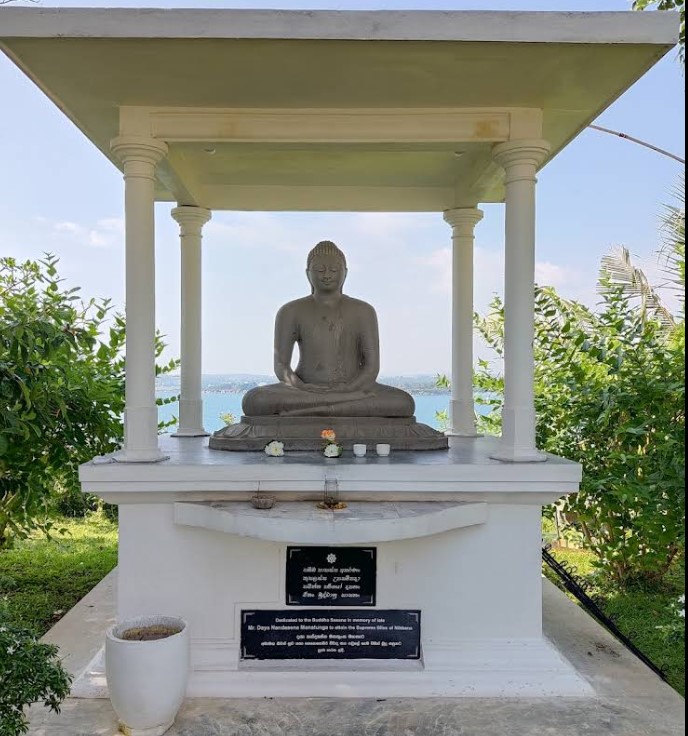
Tourists tend to find monks chanting prayers or reciting them at the Unawatuna pagoda. They reinforce the religious purpose of the monument and remind tourists that it is a living center of worship and peace movement.
- Tourism and Visitor Experience
The Unawatuna Japanese Peace Pagoda is more than a decade old and has become a pilgrimage site as well as a popular tourist destination. It offers a perfect blend of cultural, religious, and scenic interest. The access to the summit of Rumassala Hill is by a short drive or a short hike, and the advantages are many:
Photography: The location is perfect for dramatic photography, especially in the early morning and evening hours.
Meditation: Quiet areas around the pagoda are employed for meditation and yoga.
Nature Walks: The adjacent Rumassala forest is full of biodiversity and features great trekking trails.
Visitors should dress modestly and behave respectfully, as it is a religious site. Donations are appreciated but not necessary, reflecting the hospitable and open-minded ethos of the Peace Pagoda movement.
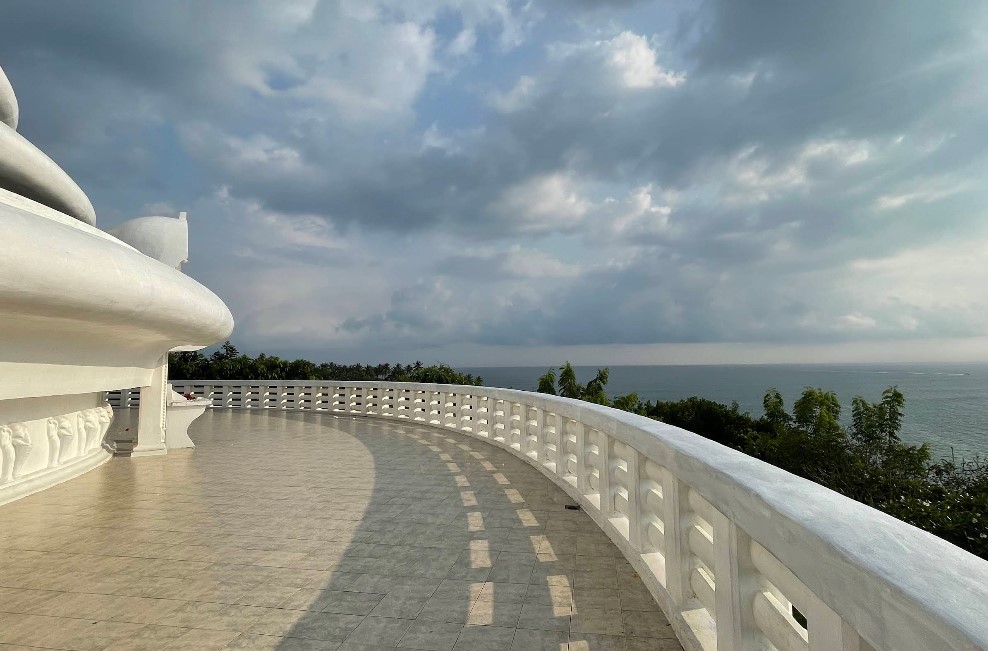
- Global Significance of Peace Pagodas
While the focus of this essay has been the pagoda at Unawatuna, the Peace Pagoda movement has global importance. Every pagoda is a tacit rejection of war and a tangible manifestation of the global Buddhist faith in living at peace with one another. As the world remains beset by wars, climate change, and disparity, these pagodas remind us of our shared responsibility to cultivate compassion and empathy.
By Car or Taxi
- Route: Take the Southern Expressway (E01) from Colombo to Galle, which is approximately a 2-hour drive. From Galle, head towards Unawatuna and follow signs to Jungle Beach Road. The pagoda is about 1.5 km up this road.
- Parking: Limited parking is available near the pagoda.
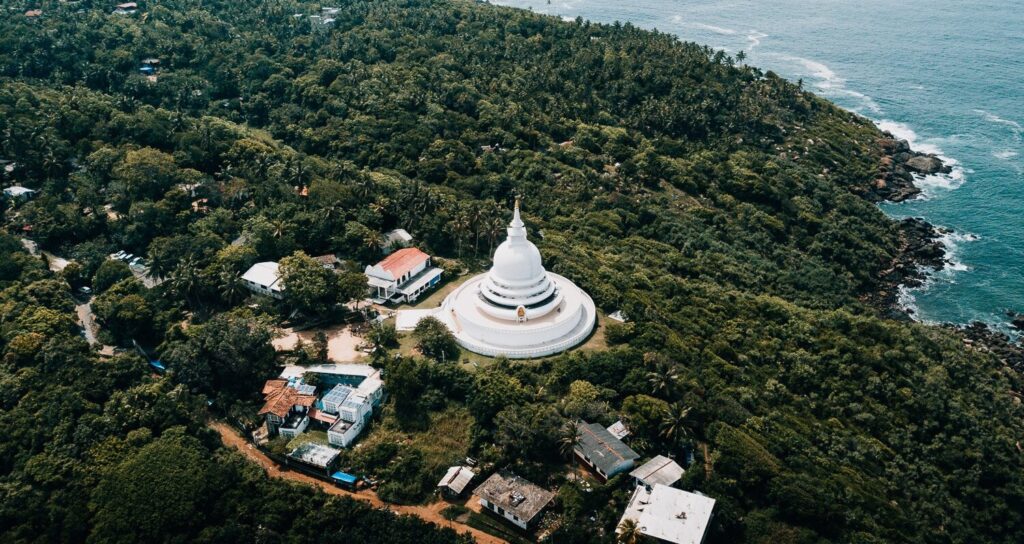
By Public Bus
- From Colombo to Galle: Board a bus from the Colombo Fort bus station to Galle. The journey takes around 2.5 to 3 hours.
- From Galle to Unawatuna: From the Galle bus station, take a local bus to Unawatuna.
- To the Pagoda: From Unawatuna, you can either walk (approximately 1.5 km) or take a tuk-tuk to Jungle Beach Road.
By Tuk-Tuk
- From Unawatuna: Hiring a tuk-tuk is a convenient option. The ride to the pagoda takes about 5-10 minutes and costs approximately 500–600 LKR.
- From Galle: If you’re coming from Galle, the tuk-tuk ride may take around 15 minutes and cost about 800–1,000 LKR
Visiting Hours & Tips
- Hours: The pagoda is open daily from 7:00 AM to 9:00 PM.
- Dress Code: Modest attire is required; shoulders and knees should be covered
- Facilities: There are no shops or restaurants at the site, so it’s advisable to bring water and snacks.
- Best Time to Visit: Early morning or late afternoon offers cooler temperatures and fewer crowds.
Map of Japanese Peace Pagoda
